Lynxmotion Releases ROS2 Support for SES V2 Robotic Arms
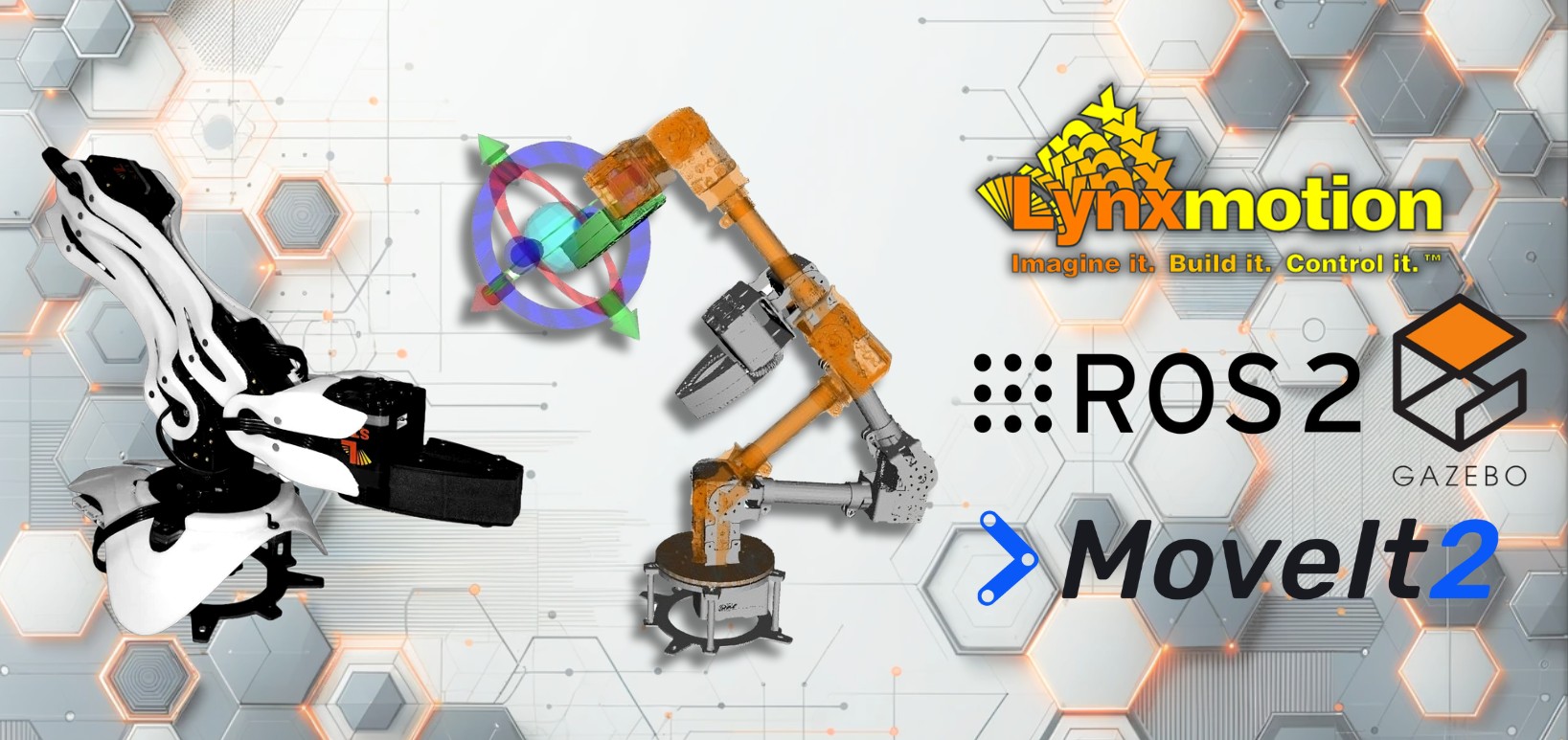
If you are interested in robot manipulation, you might have heard of ROS2, the Robot Operating System. ROS2 is a set of software libraries that help develop robot applications. If you are familiar with it, you’ll be happy to hear that Lynxmotion recently added ROS2 support for the SES V2 4DoF and 5DoF Robotic Arms, so it is now easier to expand the SES V2’s arms capabilities and possibilities.
What are the Benefits?
The SES V2 Robotic Arms are versatile and customizable robotic arms that use the Lynxmotion Smart Servo motors, which are powerful and compact servos with a built-in feedback system that allows for precise control and positioning. By adding ROS2 support, SES V2 Robotic Arms can now benefit from the rich ecosystem of ROS2 tools, and libraries in order to integrate their robotic arms with other ROS2-compatible devices and sensors, such as cameras, LiDARs, and IMUs. Users can also leverage the ROS2 perception pipeline, and trajectory planning algorithms to enable their robotic arms to perform complex and autonomous actions.
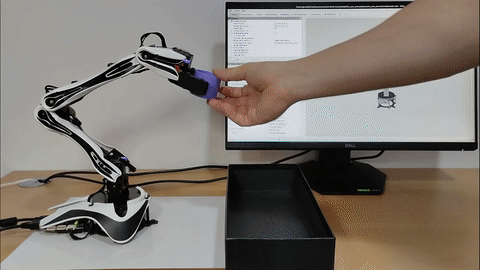
ROS2 Package
To use the SES V2 Robotic Arms with ROS2, users need to install the LSS_ROS2_Arms package which provides the necessary drivers for communicating with the LSS servos. The package includes the URDF and SDF models of the robotic arms, which describe the structure and properties of the robots and can be used for visualization and simulation in RViz and Gazebo. Rviz is a 3D visualization tool that allows interacting with the robot in a graphical interface. RViz also allows users to visualize planned trajectories, collisions, and more.

MoveIt2 Integration
One of the main features of the package is the integration with MoveIt2, a popular software for motion planning, manipulation, and collision avoidance. MoveIt allows users to easily create and execute complex motions for robotic arms, using a graphical interface or a programming API. The package includes the MoveIt configuration files for the 4 and 5 DoF SES V2 arms, examples of how to use them, as well as support for both simulation and real hardware control.
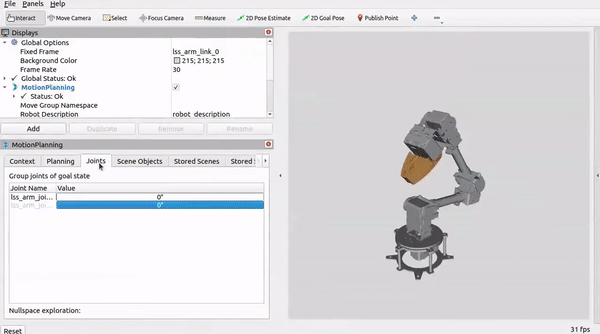
Gazebo Simulations
MoveIt also integrates with Ignition Gazebo, which is a powerful and versatile software that allows users to create realistic 3D models of robots and test their behavior and performance under realistic conditions. This allows us to test motions in a simulated environment with real-world physics before executing them on the physical robot. This allows you to experiment with different scenarios and configurations without risking damage to the real robot. The LSS_ROS2_Arms package includes different examples to help you get started with the SES V2 arms in a simulated environment, such as trajectory planning, an execution example, and a goal-tracking demo.
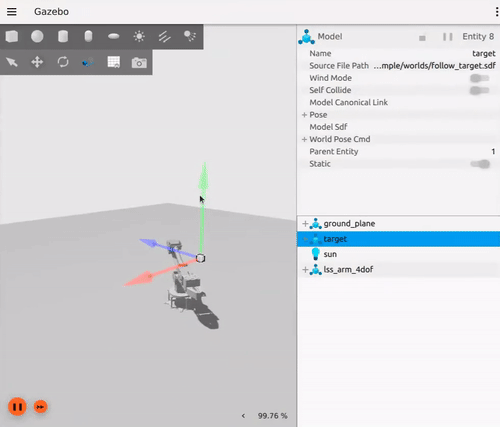
Obstacle Avoidance
Another great advantage of using ROS2 for robot manipulation is that you can enable collision avoidance for your robot motions. Collision avoidance is the ability to plan and execute motions that avoid collisions with obstacles in the environment as well as self-collisions. MoveIt provides a collision detection module that uses geometric shapes or meshes to represent the robot and the environment.
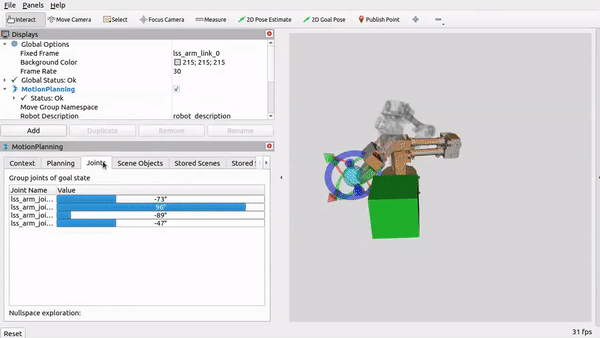
Conclusion
With the LSS_ROS2_Arms package users can easily program and control the robotic arms for various tasks and scenarios, without having to worry about the low-level details of motion planning and control. This opens up new possibilities for robotics enthusiasts, educators, and researchers who want to explore the power and versatility of ROS 2.
For more information on how to get started, requirements and build instructions please visit the Lynxmotion Wiki or GitHub repository. If you have any questions or want to share what you create with the Lynxmotion SES V2 robotic arms and ROS2 you can also join the Robotshop community.
Thanks for helping to keep our community civil!
This post is an advertisement, or vandalism. It is not useful or relevant to the current topic.
You flagged this as spam. Undo flag.Flag Post


